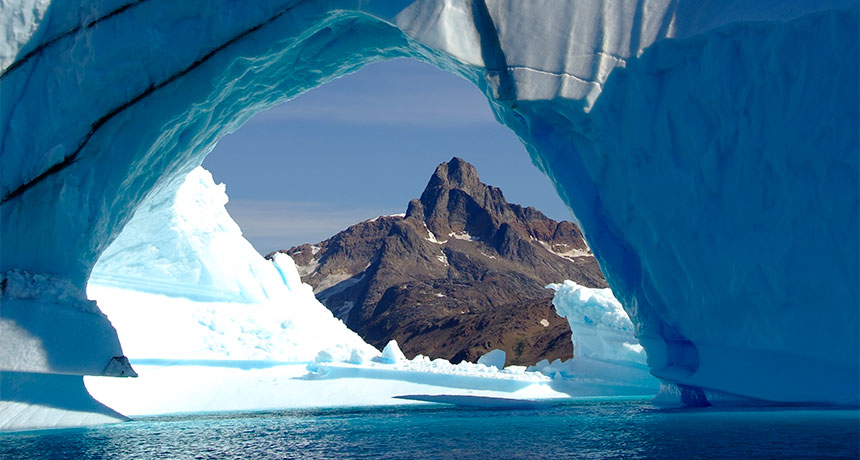Greenland’s out-of-sync climate explained
As Northern Hemisphere warmed, island cooled — but warming catch-up is under way

OUT OF SYNC Slight changes in the sun’s activity can cause big changes in Greenland’s temperature decades later by changing ocean currents, new research suggests. A dip in the sun’s brightness in the 1950s may have cooled Greenland in the 1980s and 1990s.
Greenland Travel/Flickr (CC BY 2.0)